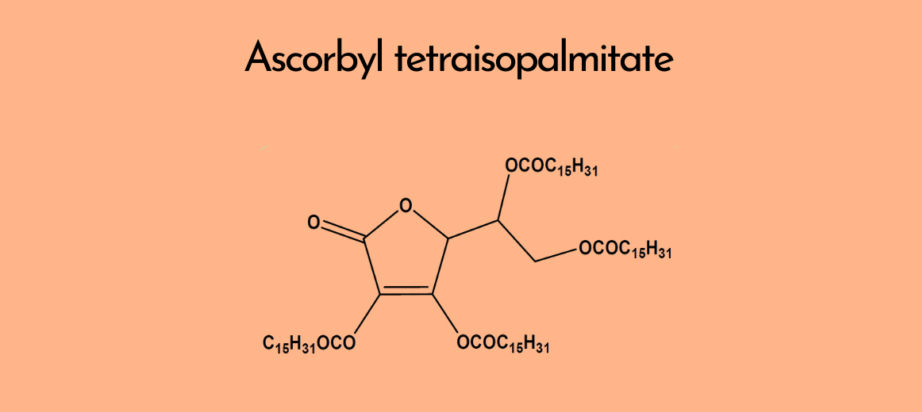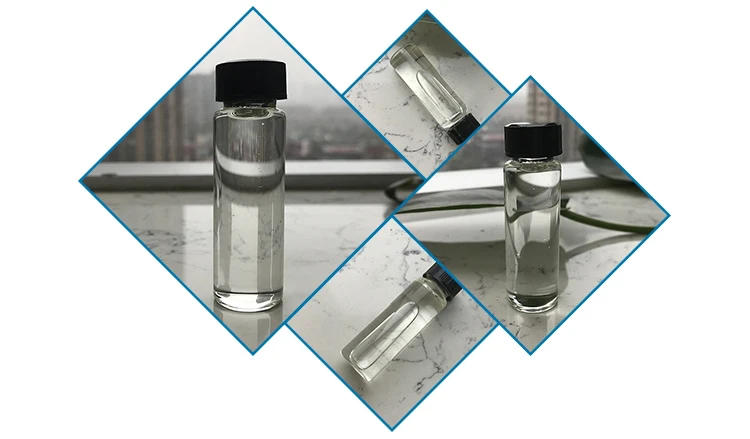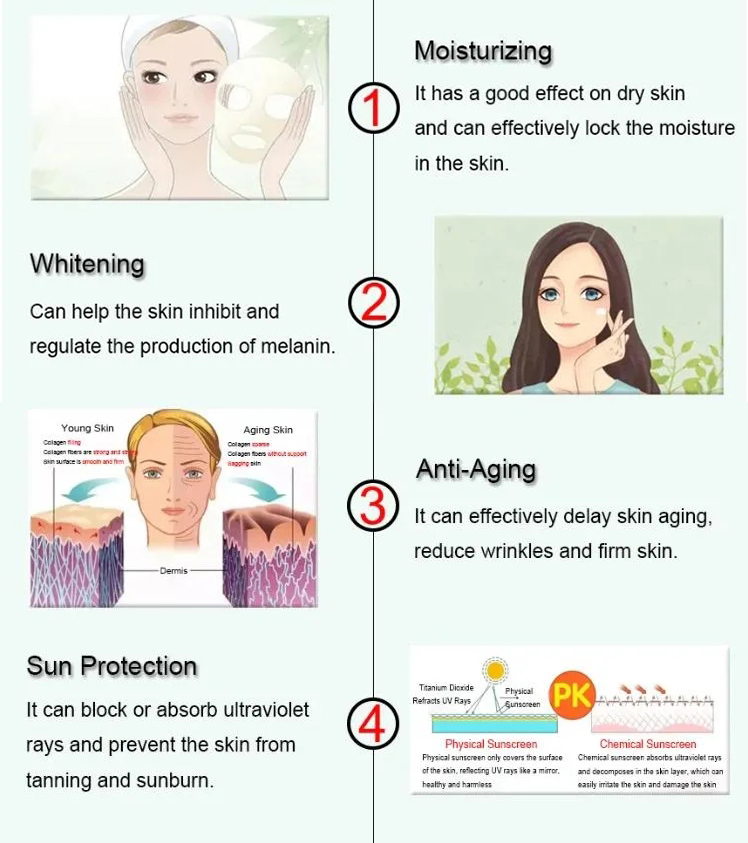Ascorbyl Tetraisopalmitate (ATIP) is a relatively unique and powerful derivative of Vitamin C, often compared to other Vitamin C derivatives like Ascorbic Acid, Ascorbyl Glucoside, and Sodium Ascorbyl Phosphate. Here’s a breakdown of how Ascorbyl Tetraisopalmitate compares to other Vitamin C derivatives:
1. Ascorbyl Tetraisopalmitate (ATIP)
- Form: Oil-soluble.
- Stability: Very stable, especially in comparison to pure ascorbic acid (which is highly sensitive to light, air, and heat).
- Penetration: Excellent skin penetration due to its oil-solubility. It can pass through the lipid barrier of the skin effectively.
- Function: Converts into Ascorbic Acid once inside the skin, giving it similar antioxidant and skin-brightening benefits, including collagen synthesis and reducing hyperpigmentation.
- Texture: It’s often included in oil-based formulations, making it ideal for dry skin types.
- Pros: Stable, effective for treating pigmentation, brightens skin, good for sensitive skin since it’s less irritating.
- Cons: More expensive, can be less effective in water-based formulations due to its oil solubility.

2. Ascorbic Acid (AA)
- Form: Water-soluble.
- Stability: Highly unstable. It oxidizes quickly when exposed to light and air.
- Penetration: Good skin penetration, but requires a low pH (around 3.5) to remain stable and effective.
- Function: Powerful antioxidant, reduces fine lines and wrinkles, stimulates collagen production, brightens skin, and helps with pigmentation.
- Pros: Direct form of Vitamin C, highly potent, great for anti-aging.
- Cons: Unstable, can be irritating, especially for sensitive skin, needs proper formulation to avoid oxidation.
3. Ascorbyl Glucoside
- Form: Water-soluble.
- Stability: More stable than pure Ascorbic Acid.
- Penetration: Less effective than Ascorbyl Tetraisopalmitate in terms of skin penetration but still delivers Vitamin C benefits.
- Function: Acts as an antioxidant, brightens skin, and helps with pigmentation. It’s gentler than Ascorbic Acid, which makes it suitable for sensitive skin.
- Pros: Stable, milder on the skin, good for brightening and anti-aging.
- Cons: Less potent than Ascorbic Acid and Ascorbyl Tetraisopalmitate.

4. Sodium Ascorbyl Phosphate (SAP)
- Form: Water-soluble.
- Stability: Very stable.
- Penetration: Good skin penetration, though less than Ascorbic Acid and Ascorbyl Tetraisopalmitate.
- Function: Antioxidant properties, improves skin tone, and reduces acne marks. It’s often used in formulations for acne-prone skin because of its antibacterial properties.
- Pros: Stable, less irritating than Ascorbic Acid, suitable for acne-prone skin.
- Cons: Not as potent as pure Vitamin C, and effectiveness can vary depending on the formulation.
5. Tetrahexyldecyl Ascorbate (THD Ascorbate)
- Form: Oil-soluble.
- Stability: Very stable, similar to Ascorbyl Tetraisopalmitate.
- Penetration: Deep skin penetration due to its oil-soluble nature.
- Function: Like Ascorbyl Tetraisopalmitate, it provides antioxidant protection, promotes collagen synthesis, and brightens skin.
- Pros: Stable, effective, good for sensitive skin, penetrates deeply, works well in oil-based products.
- Cons: Can be expensive.

Conclusion:
- Ascorbyl Tetraisopalmitate vs. Other Derivatives: If you’re looking for something highly stable and effective for dry or sensitive skin, Ascorbyl Tetraisopalmitate and other oil-soluble derivatives like THD Ascorbate stand out because of their superior skin penetration and less irritating nature.
- Ascorbic Acid, on the other hand, is the most potent but also the most unstable and irritating, requiring careful handling and formulation to be effective.
- Ascorbyl Glucoside and Sodium Ascorbyl Phosphate are more stable than Ascorbic Acid but offer a milder effect, which may be ideal for those with sensitive or acne-prone skin.
Do you have a specific skin concern you’re trying to address? It might help narrow down which Vitamin C derivative would work best for you!
